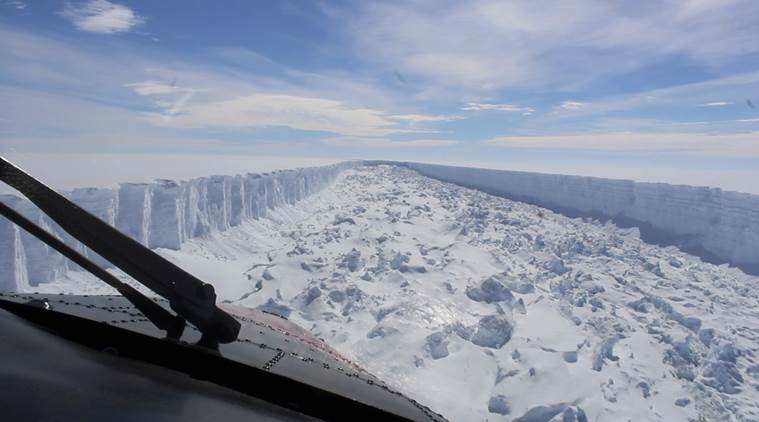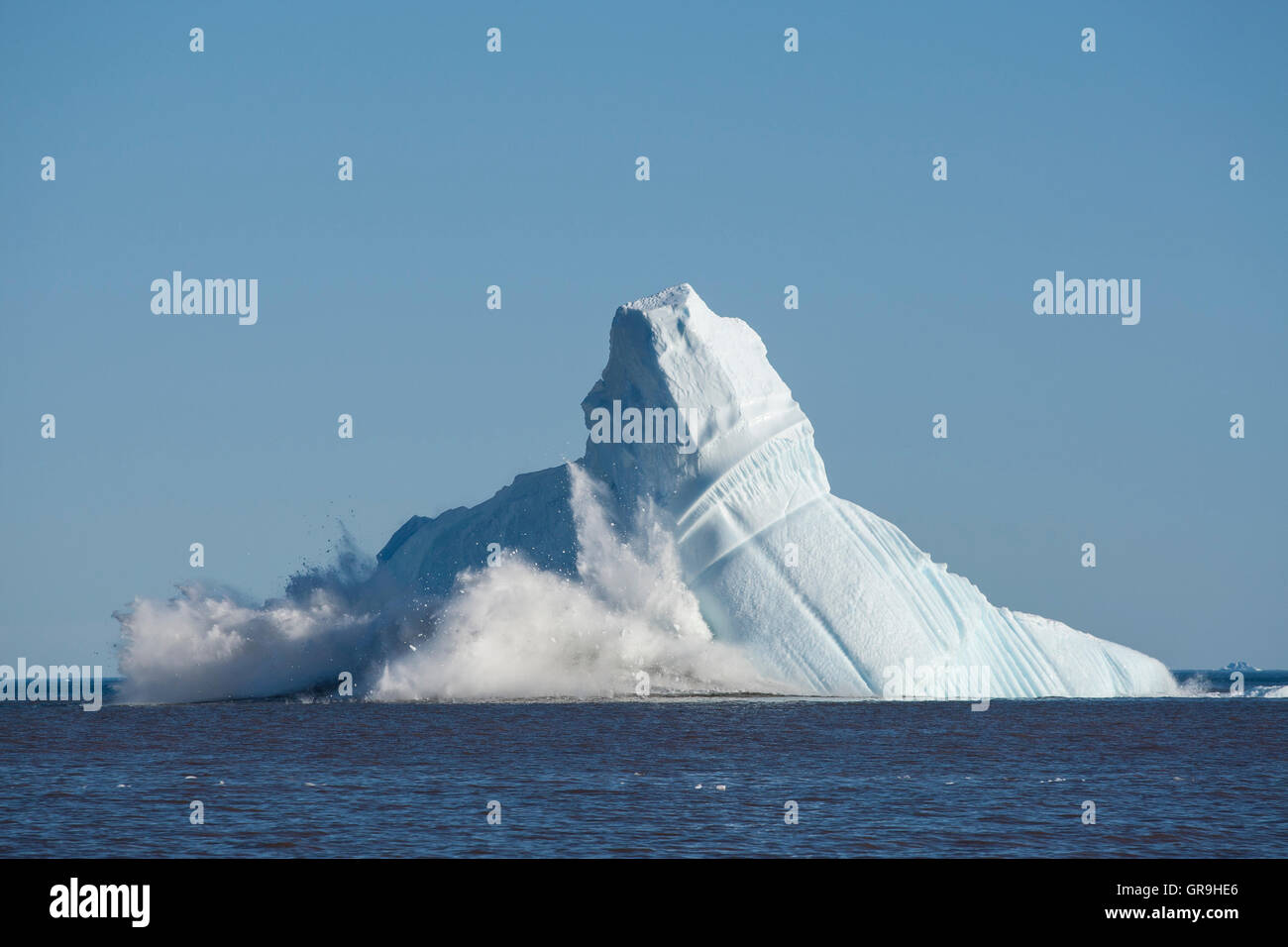

The Larsen C Ice Shelf is the most northerly of the remaining major Antarctic Peninsula ice shelves. This has been happening in parts of the West Antarctic Ice Sheet, but it is not guaranteed to happen with Larsen C. The iceberg calving event, which is an extreme example of a typical process in the Antarctic and Arctic, may weaken the larger ice shelf and speed its total disintegration. View is of a rift in the Antarctic Peninsula's Larsen C ice shelf from our airborne survey of polar ice: /gt5mpHqbxn That said, events like this are rare (last one on Larsen C was in the mid-80s), so we don't really have enough observations to say for certain whether there's a climate link or not. This is simply the natural way in which ice is removed from the shelf. Rifts like this are a natural phenomenon, and we're not aware of any direct link to climate change. who studies the Larsen C Ice Shelf as part of the MIDAS team, in an email to Mashable.
#Iceberg about to break off free
"We expect that the iceberg will break free within the next few months, although it's hard to be certain about timing," said Martin O'Leary, a researcher at Swansea University in the U.K. This leaves only 12.4 miles, or 20 kilometers, of ice left connecting the iceberg to its parent ice shelf. The researchers found that the rift that had been steadily progressing across the floating ice shelf suddenly grew by 11.2 miles, or 18 kilometers, during the second half of December. The area of ice slated to break off the ice-covered continent is more than 1,930 square miles, or greater than than 5,000 square kilometers in area, according to scientists affiliated with Project MIDAS, which monitors the ice shelf with support from the British Antarctic Survey and other partners.

Our science and operational teams continue to monitor the ice shelf in real-time to ensure it is safe, and to maintain the delivery of the science we undertake at Halley,” said Professor Dominic Hodgson, a BAS glaciologist.SEE ALSO: NASA photo reveals a startling 300-foot-wide rift in Antarctic Ice Shelf “This calving event has been expected and is part of the natural behaviour of the Brunt Ice Shelf. Scientists confirm that this latest calving is the result of natural forces and unrelated to climate change.

All data are sent back to Cambridge for analysis, so we know what is happening even in the Antarctic winter – when there are no staff on the station, it is dark for 24 hours and the temperature falls below minus 50 degrees C (or -58F).” “These measure how the ice shelf is deforming and moving, and are compared to satellite images from ESA, NASA and the German satellite TerraSAR-X.

Measurements of the ice shelf are carried out multiple times a day using an automated network of high-precision GPS instruments that surround the station,” said Professor Dame Jane Francis, Director of BAS. “Our glaciologists and operations teams have been anticipating this event. This new iceberg, which is slightly larger than the A74, is expected to follow a similar path in the Antarctic Coastal Current as it drifts west into the Weddell Sea.īAS scientists study the Brunt Ice Shelf from the Halley Research Station, which in 2016 was relocated several miles inland from Chasm-1 as it widened. The event marks the second major calving from this area in the last two years after an iceberg, known as A74, calved in February 2021. British Antarctic Survey January 24, 2023


 0 kommentar(er)
0 kommentar(er)
